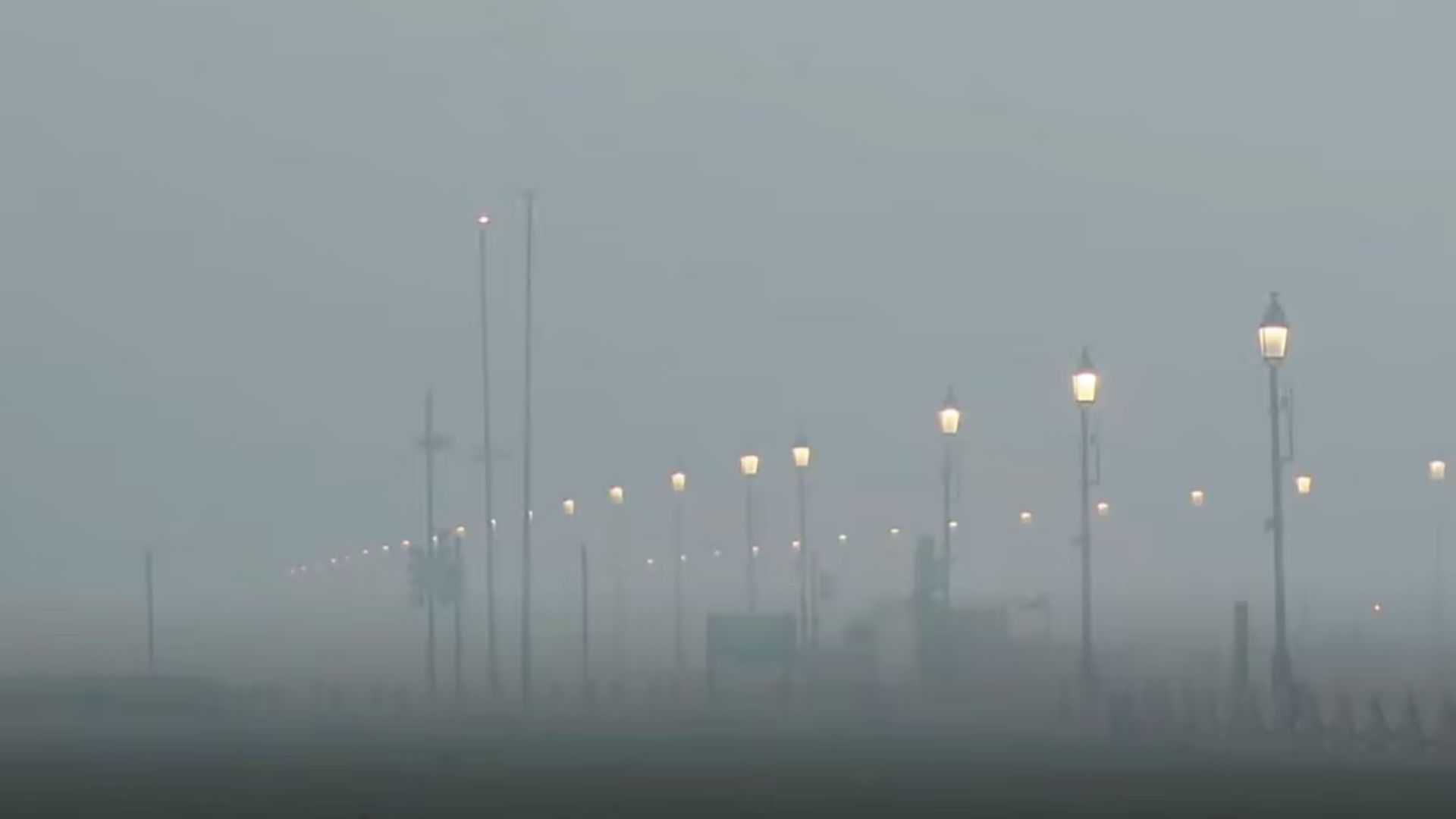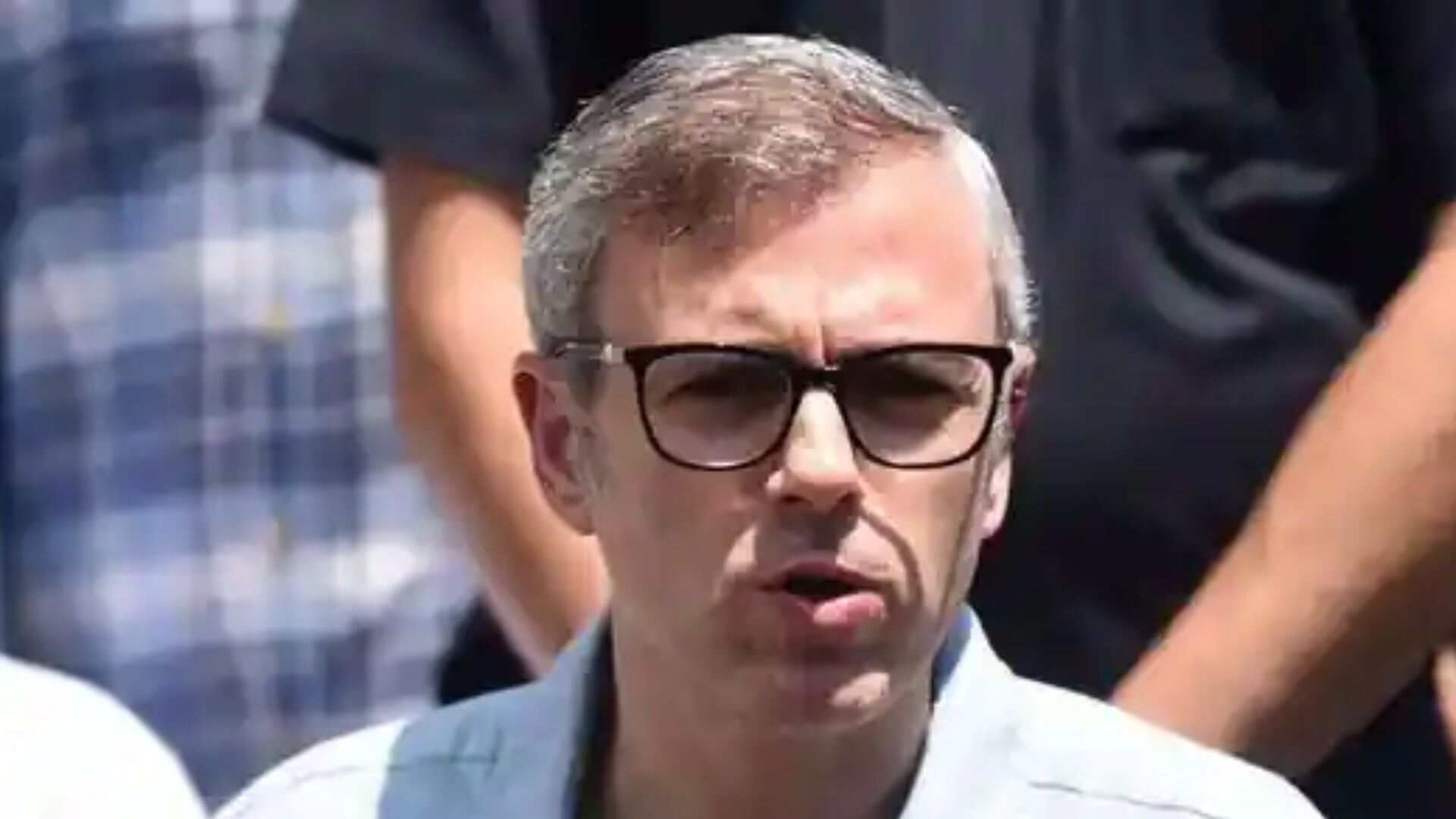Pollution levels in Delhi escalated into the “very poor” range of the air quality index (AQI) on Wednesday, as a thin layer of grey haze enveloped the city. This sets the stage for a potentially severe Diwali, when widespread firecracker use is expected to plunge the Capital into yet another annual air crisis. The AQI climbed to 307 at 4 pm, up from 268 (poor) at the same time the previous day, according to data from the Central Pollution Control Board (CPCB). Minimal surface-level winds, along with the resurgence of long-range transport winds from the northwest, brought in hazardous smoke plumes from stubble burning in Punjab. By 11 pm, the AQI had further worsened to 317.
Experts warn that these winds, combined with violations of the blanket firecracker ban, may drive Delhi’s air into the “severe” category for the first time this season, with the Capital approaching its most polluted October since 2020.
Must Read: Diwali 2024: All You Need To Know About Green Crackers
Each year, Delhi’s air fills with the sounds and emissions of firecrackers, as enforcement remains scarce despite comprehensive restrictions on their production, sale, and use. The result is a harmful mix of emissions from firecrackers—containing toxic chemicals like barium, sulfur, and lead—which merges with high local pollution levels and smoke from agricultural fires. Nearly stagnant winter air traps these pollutants close to the ground, exposing residents to fine particulate matter that can penetrate the lungs and lead to severe respiratory and cardiac issues. Signs of violations of the firecracker ban were already apparent on Wednesday evening, as explosions could be heard across the city, lighting up the dull evening sky. Diwali will be celebrated on Thursday.
Delhi’s AQI has yet to reach “severe” this season, with the highest reading of 364 recorded on October 23.
The CPCB classifies AQI levels between 0-50 as “good,” 51-100 as “satisfactory,” 101-200 as “moderate,” 201-300 as “poor,” 301-400 as “very poor,” and over 400 as “severe.”
“Delhi’s air quality is likely to be in the ‘very poor’ category from October 31 till November 2. The air quality may reach the ‘severe’ category on October 31 and November 1 in case of additional emissions from firecrackers and stubble/waste fires,” the Centre’s Early Warning System for Delhi (EWS) forecasted on Wednesday.
Must Read: Tripura Sundari Temple Prepares For Diwali As Lakhs Of Devotees Expected
Historical data shows that various versions of firecracker restrictions, including a blanket ban since 2020, have often been disregarded, leading to a significant AQI spike the day after Diwali in seven of the last eight years.
The sole exception was in 2022, when strong winds on Diwali quickly dispersed firecracker emissions. Last year, Delhi’s AQI on the day before Diwali (November 11) was 220 (poor), slightly improving to 218 on Diwali day, before an evening of firecrackers caused a 140-point increase to 358 (very poor) the next day.
In 2021, the AQI surged by 148 points from the day before Diwali (November 3) to the day after. The AQI was 314 (very poor) on November 3, 382 on Diwali day, and 462 (severe) the day after, marking the highest post-Diwali AQI Delhi has recorded. The second highest was in 2016, with an AQI of 445 (severe) the following day.
Mahesh Palawat, vice-president at Skymet meteorology, observed that winds were calm on Wednesday. “They may remain calm overnight, before picking up marginally on Diwali day,” he said, adding that stronger winds are anticipated on Friday, though their impact will depend on the volume of firecrackers used.
PM10 (particulate matter under 10 microns) was the primary pollutant in Delhi’s air, with two monitoring stations—Anand Vihar (407) and Mundka (401)—recording severe readings at 4 pm.
A firecracker ban has been in effect in Delhi since 2017, when the Supreme Court suggested prohibiting firecracker sales in the city to gauge its impact on air quality. Experts and forecasters cautioned that a shift in wind direction, previously blowing in from the southeast, would further degrade air quality.
Data from the Centre’s Decision Support System (DSS) indicated that stubble burning contributed 3.44% to Delhi’s PM2.5 on Wednesday, up from 1.81% on Tuesday and 3.34% on Monday. The highest contribution this season was 15.97% on October 23, when persistent northwesterly winds gave the city its highest AQI reading so far.
Anumita Roychowdhury, executive director, research and advocacy at the Centre for Science and Environment (CSE), attributed Delhi’s deteriorating air primarily to local factors, warning of further degradation if stubble smoke and firecracker emissions compound the situation. “We see this every year, that Delhi’s background emissions are already high at this time of the year and firecrackers or farm fires act as a tipping point. If there is even one, or both of these factors in play, we may see significant deterioration again,” she said.
Also Read: Bajwa blasts BJP, AAP for failing Punjab’s farmers, warns of ‘Black Diwali’ amid crisis





















